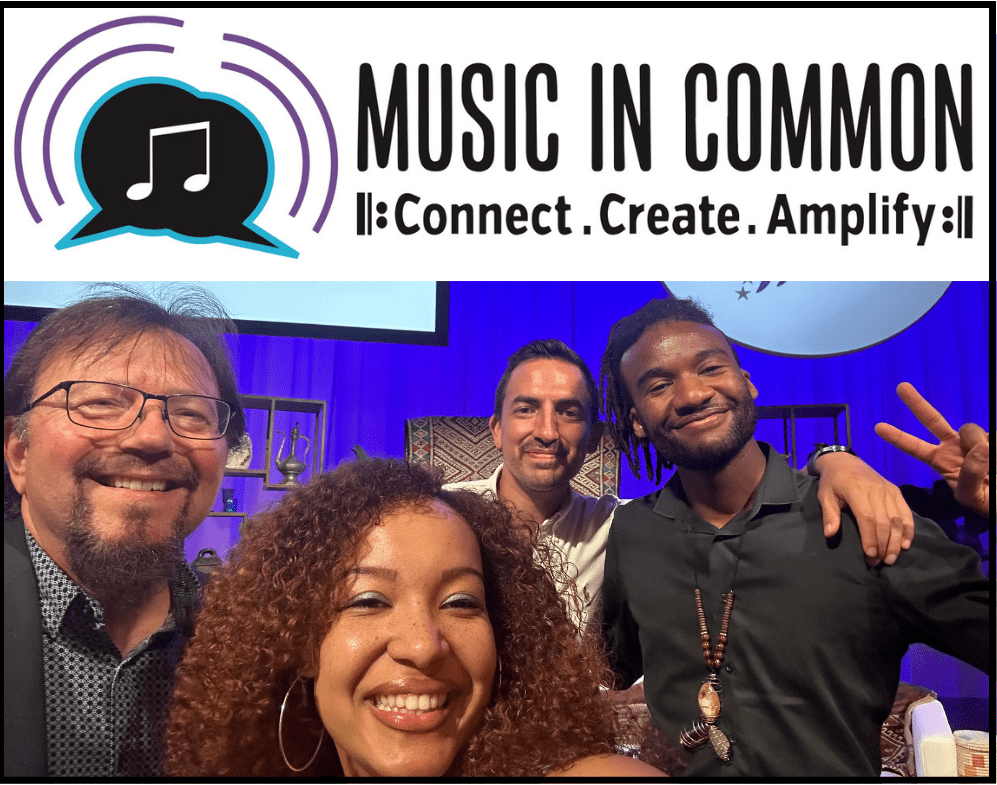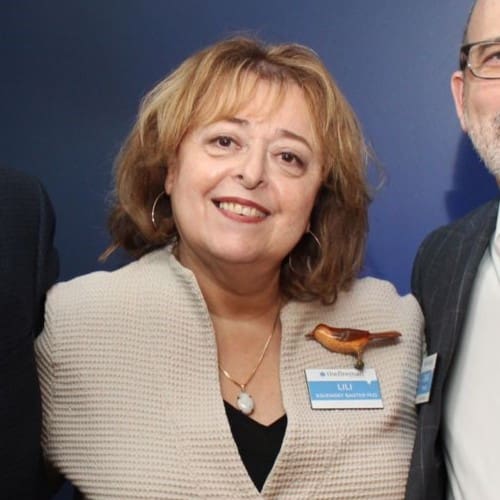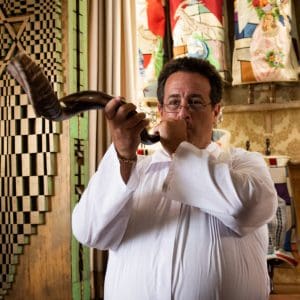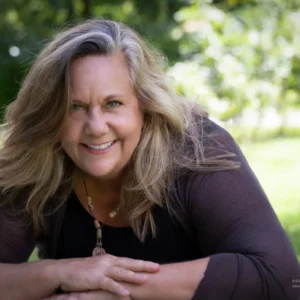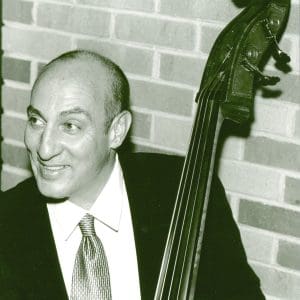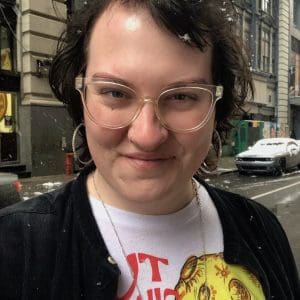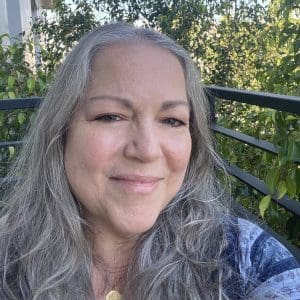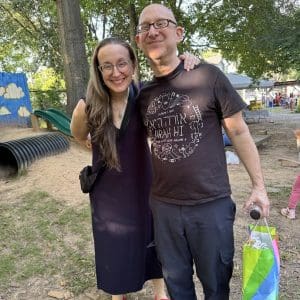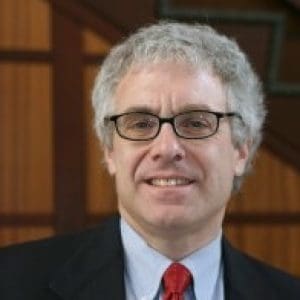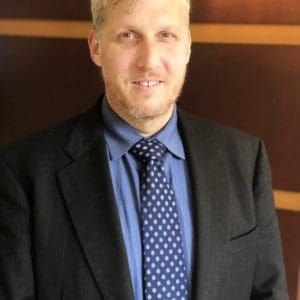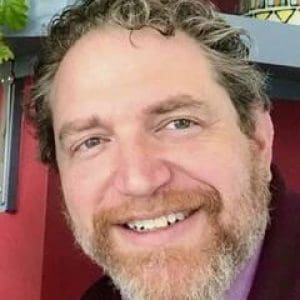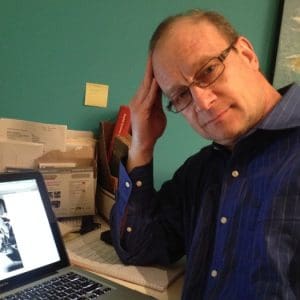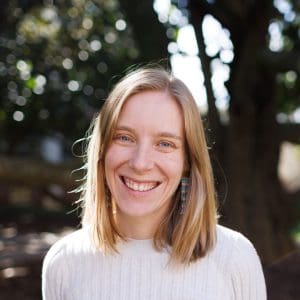BAMIDBAR SHAVUOT 5778
REAL ESTATE AND REAL HERITAGE
May 17, 2018
3 Sivan 5778
And the Lord spoke to Moses in the midbar (desert/wilderness) of Sinai … Take a census of all … of the people of Israel … [Numbers 1: 1, 2]
Our liturgical calendar is arranged so that with rare exceptions we begin the reading the Fourth book of the Pentateuch, Bamidbar (Numbers) on the Shabbat preceding Shavuot, the festival celebrating the Divine revelation on Mount Sinai. While the text of Revelation, the Decalogue, is known to us, the actual site of Sinai remains a mystery. While there are many speculations regarding the specific hilltop, we simply do not know which of the desert's many heights is the holy mountain.
While the location of Sinai is a mystery, we know the message issued from that summit. Both Judaism and Christianity sanctify the Decalogue that to this day is read, taught and honored in synagogues and churches throughout the world.
While Islam does not include the Decalogue in its Holy Scripture, the Koran does express allegiance to some of its principles including embracing Allah as the sole God. Thus the Holy Words that emanated from Sinai are thus shared by the three faiths.
Far more challenging than sharing sacred texts, is sharing sacred space. Mount Sinai is located in the open and sparsely populated desert, the Temple Mount, on the other hand, along with the status of Jerusalem, is an intense pressure point. The 1947 UN resolution 181 calling for a division of Palestine into a Jewish and an Arab State thus specified that Jerusalem, sacred to all three faiths, be set aside as an international city. As a result of Israel's victories of the 1948 War of Independence and the 1967 Six Day War, it has hegemony over all of Jerusalem, its capital city.
The international community continues to support Palestinian aspirations that East Jerusalem be the capital of its future state and has steadfastly refused to locate its embassies in Jerusalem. The American decision formally recognizing Jerusalem as Israel's capital and establishing its embassy there is celebrated by Israel and hotly contested by Palestinians. Thus this week's ceremony officially opening the Embassy has generated violent demonstrations that have dominated recent news cycles.
We, of course, bemoan the human cost of this unfortunate and bitter struggle. The conflicting claims of ownership remain a barrier to arrive at a peaceful resolution of the many decades conflict with the Palestinians. Sadly the resolution of this conflict continues to elude us. It seems to be an impossible dream, but we dare not lose hope that rather than the Mount in Jerusalem, the one in Sinai will become the focal point leading to that shalom and salaam that remains our fondest dream.
May the day come when the message of Sinai transmitted from the highest of all heights is willingly shared and embraced by all. May the joint acceptance of Sinai enable us to mitigate, if not to eliminate the hostility, the tension, the pressure and above all the bloodshed that are the inevitable byproducts of the real estate struggle for space in Jerusalem and in the entire land.
—
From Newton my best wishes for a Shabbat Shalom u'Mevorach, a Shabbat of peace and blessing and a festive and inspiring Shavuot celebration.
Rabbi Arnold M. Goodman
B'HAR B'CHUKO'TAI 5778
TWO MOUNTS
May 10, 2018
25 Iyar 5778
And the Lord spoke to Moses on Mount Sinai, saying, Speak to the Children of Israel, and say to them… [Leviticus 25:1, 2]
Har Habayit, the Temple Mount, is the holiest Jewish site. Upon it, Solomon built the majestic first Temple and, centuries later, it is where the Second Temple was located. The wall at its base is equally venerated. We know it today as the Kotel, the Western Wall.
The above cited words of the first verse in this Shabbat's Torah portion affirms that it was at Sinai that our ancestors received and embraced the holy word that has been transmitted from generation to generation. The opening words of the Ethics of the Fathers reflect this article of faith: Moses received the Torah from Sinai and transmitted it to Joshua, from Joshua to the Prophets, from the Prophets to the Men of the Great Assembly. To this, we add that we acknowledge that it was subsequently transmitted through history, inspiring, challenging and informing Jews by the Holy Word.
Even as the Temple Mount represents Holy Space and Shabbat is Holy Time, Sinai symbolizes the Holy Writ. Abraham Joshua Heschel beautifully described Shabbat as Judaism's portable Cathedral in Time that accompanies Jews wherever they have lived. Similarly, Sinai is our portable Cathedral of Words, that has been and continues to be a living and dynamic factor in inspiring, sanctifying and shaping Jewish lives.
The Torah's simple epitaph for Moses recorded in the book of Deuteronomy is: There has not arisen since in Israel a prophet like Moses whom the Lord knew face to face (Deuteronomy 34:10). He is extolled and remembered as Moses our prophet. Throughout the ages however, he is described as Moshe Rabbenu, Moses our teacher. This is so beautifully captured in the Jewish folksong that when the Messiah comes David will play his harp for us and Moshe Rabbenu will teach us Torah. Moses, however, continues to teach us Torah to this very day.
The Pentateuch, the Five books of Moses, are a template upon which the Jewish tradition has been built, rebuilt, added to and enlarged to meet changing circumstances and times. For over two millennia, there have been disputes as to what traditions truly reflect Sinai's Torah, and the debates are with us to this day. Would Moses, who transmitted the holy word prohibiting kindling a flame on the Sabbath, have regarded flipping an electric switch a desecration of our holy day?
The scholars, sages and teachers whose names appear and reappear in the Talmud analyzed, parsed and focused on every word, often on every syllable of the Pentateuch, to advance adaptations and changes, continually returned to Moses' Torah as the starting point of these conversations. Subsequent generations have continued these debates and disputations every era in every society where Jews set their roots. As times change and modernity creates new realities, the ever relevant question is how today's responses fit into the corpus of a tradition that is anchored in Sinai.
The noted Israeli author, Amos Oz and his daughter, Fania 0z-Salzberger, a historian, in their recently co-authored book, Jews and Words, explore this amazing veneration of the holy word:
"Jewish continuity has always hinged on uttered and written words, on an expanding maze of interpretations, debates and disagreements… In synagogue, at school and in the home, it has always involved two or three generations deep in conversation."
To this, I would add that every contemporary discussion of our holy text is somehow connected to multi-generational discussions of Sinai's Holy Word.
How fortunate that what was originally uttered and transmitted in Hebrew and subsequently developed in Babylonia and written in Aramaic, is now available in English translation and interpretation. Even as the Rabbis taught us that one may pray to God in every language, so may one access the holy word in translation.
It is a blessing and a gift to be able to access and add to the ongoing discussion and interpretations of the holy word that we trace to Sinai, our Tradition's other holy mountain. Even as the turn of the faucet enables us to draw water from a central source, so does opening the book in any language, enable us to access the discussion and debates, agreements and disagreements that are somehow drawn from the legacy of Sinai and the teachings of Moshe Rabbenu.
—
From Newton, my best wishes for a Shabbat Shalom u'Mevorach, a Shabbat of peace and blessing.
Rabbi Arnold M. Goodman













